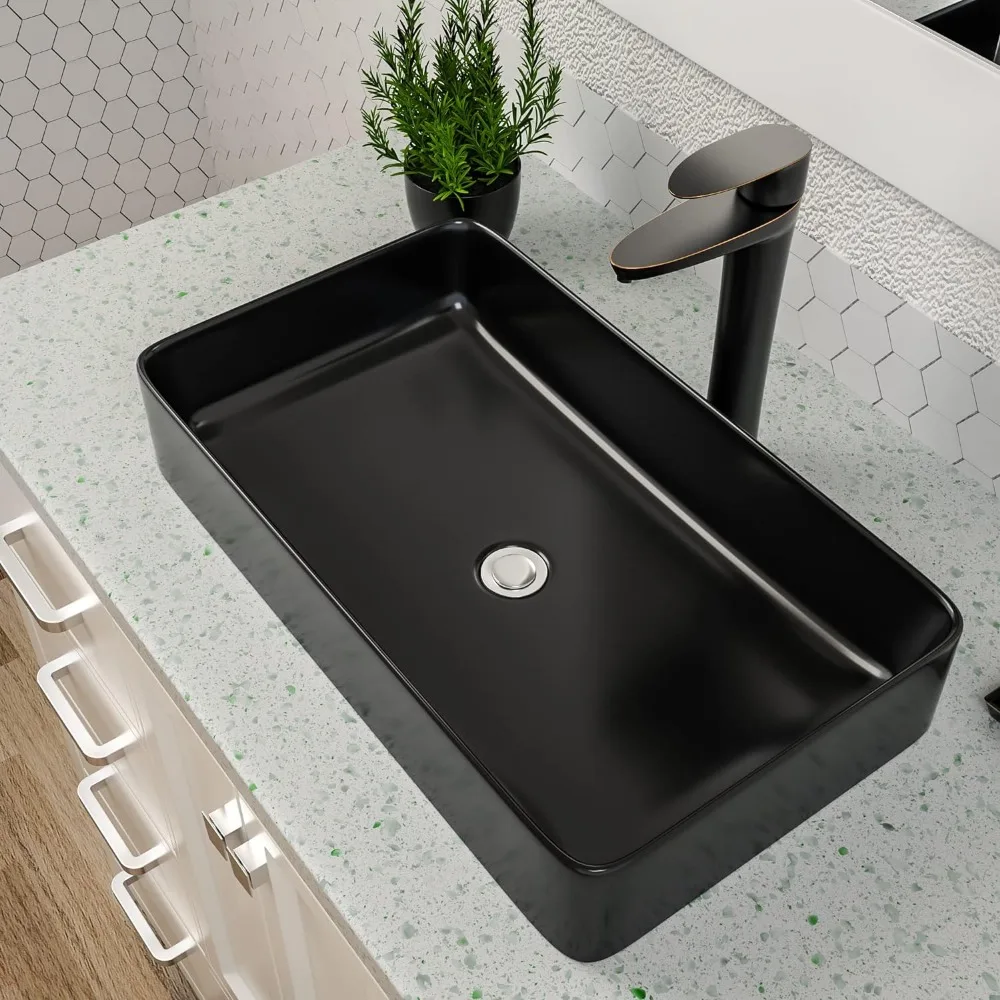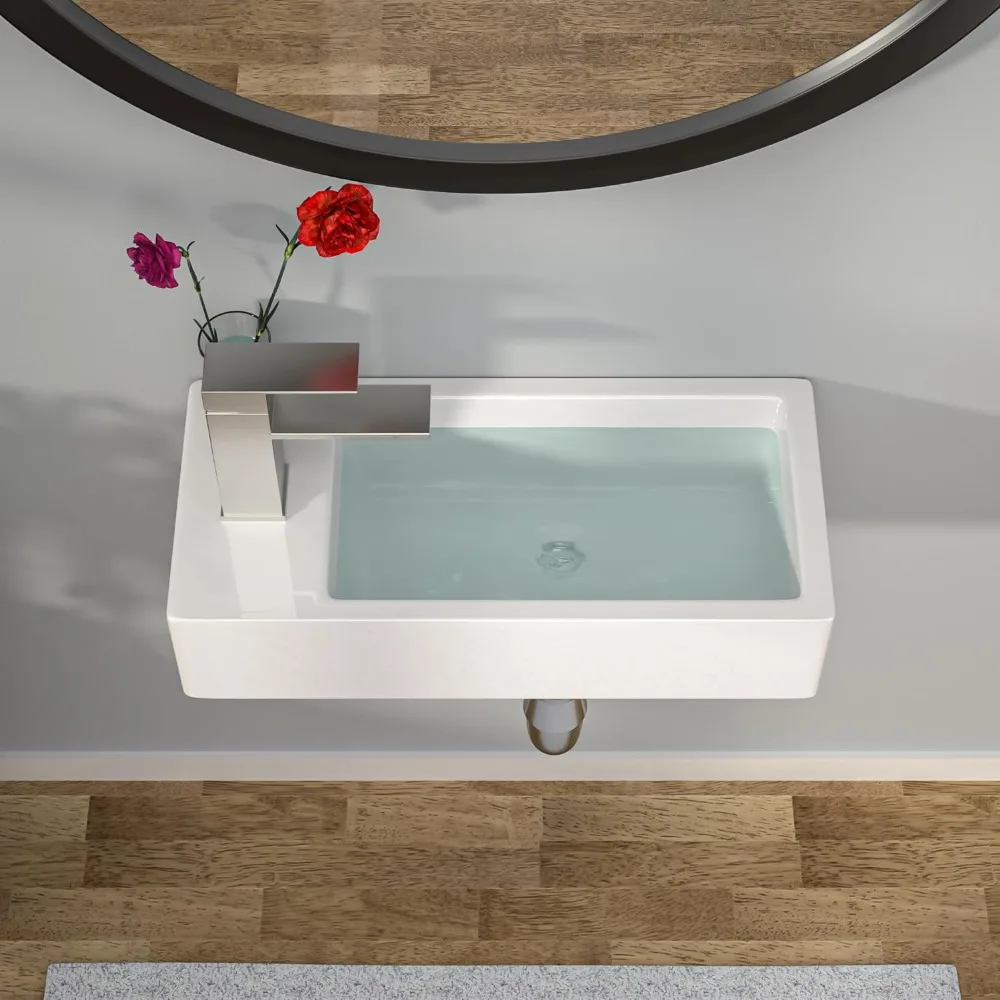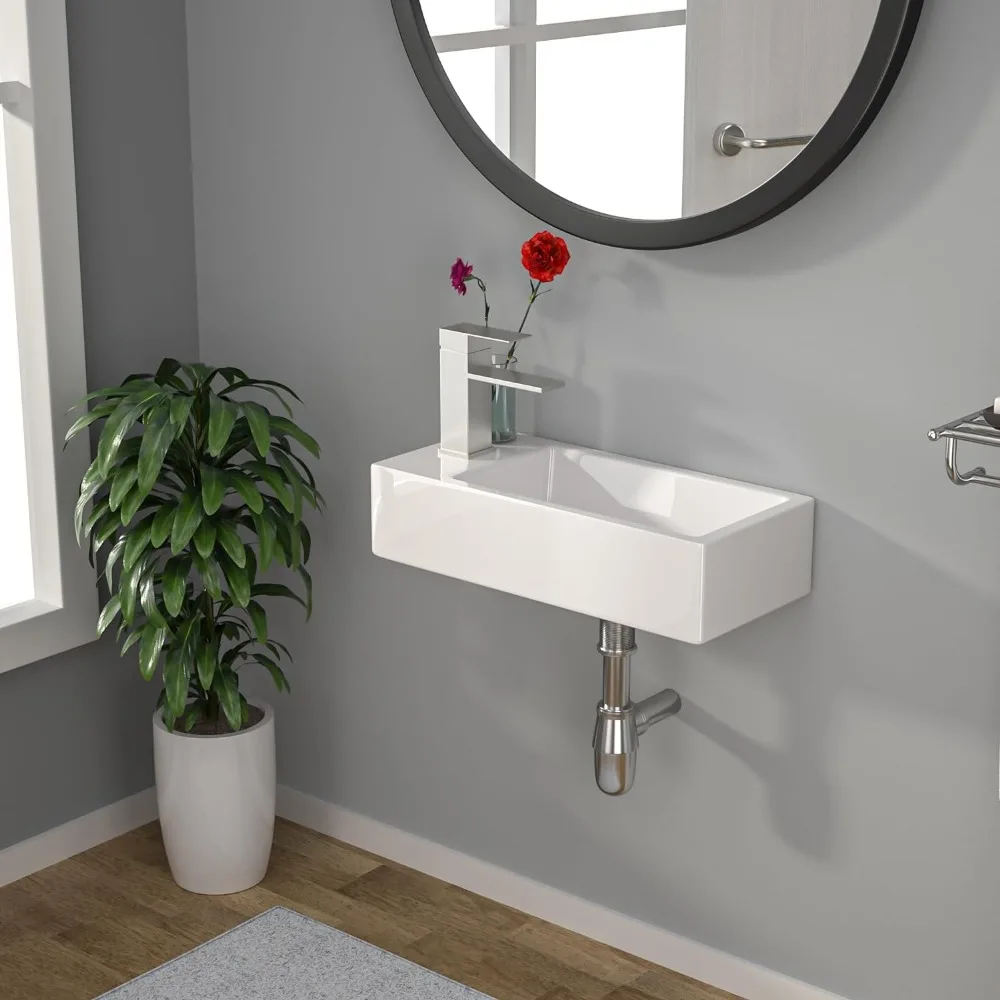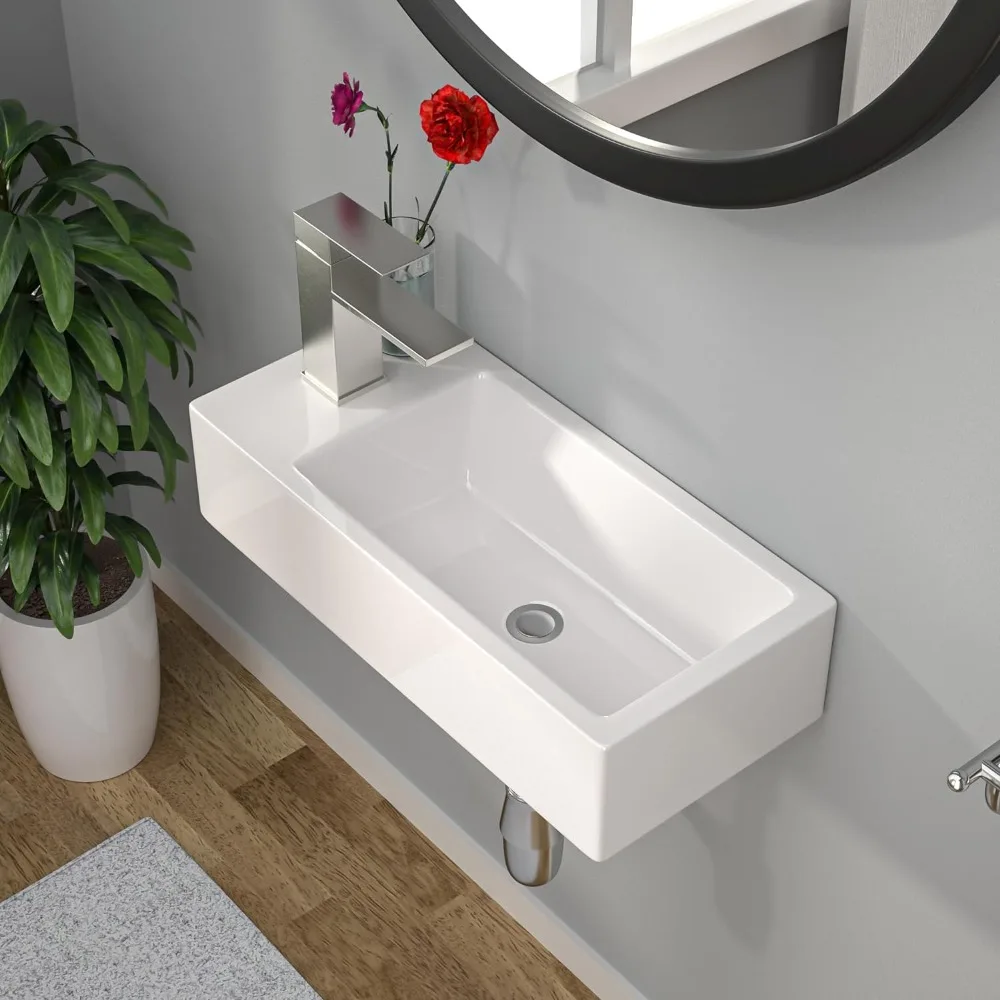A clogged bathroom sink can be a frustrating problem that disrupts your daily routine. Whether it’s a slow-draining sink or a completely blocked drain, addressing the issue promptly can prevent further complications and restore your sink’s functionality. This comprehensive guide will walk you through easy steps for fixing a clogged bathroom sink, from understanding the problem to implementing effective solutions.
Understanding the Causes of a Clogged Bathroom Sink
Common Causes of Sink Clogs
Clogs in bathroom sinks are usually caused by a buildup of materials that obstruct the flow of water. Common culprits include hair, soap scum, toothpaste, and other debris that accumulate over time. Hair is particularly notorious for causing blockages as it binds with soap and other residues, creating a dense mat that obstructs the drain. Additionally, toothpaste and other bathroom products can leave a sticky residue that contributes to clog formation. In some cases, foreign objects accidentally dropped into the sink may also cause blockages.
Signs of a Clogged Sink
Identifying a clogged sink early can prevent more severe issues. Common signs include water draining slowly or not at all, unpleasant odors emanating from the sink, and gurgling noises as water attempts to pass through the blockage. In severe cases, the sink may overflow, causing water damage to surrounding areas. Paying attention to these signs can help you address the clog before it leads to more significant problems.

Initial Assessment and Preparation
Gathering Necessary Tools and Supplies
Before you start clearing the clog, gather the necessary tools and supplies. Essential items include a plunger, a sink snake (also known as a drain auger), a bucket, a pair of pliers, and cleaning supplies such as dish soap and a scrub brush. Having these tools on hand ensures you can tackle the clog effectively without having to pause your work to find additional items. For severe clogs, you may also need a plumbing pipe wrench or a chemical drain cleaner.
Safety Precautions
Safety is crucial when dealing with a clogged sink. Wear gloves to protect your hands from germs and harsh chemicals, especially if you are using a chemical drain cleaner. If you need to disassemble any parts of the sink, such as the trap, place a bucket underneath to catch any water that may spill. Additionally, ensure that the area around the sink is clean and free from obstacles to prevent accidents.
Simple Methods for Clearing Minor Clogs
Using a Plunger
A plunger is a handy tool for clearing minor clogs. To use it effectively, place the plunger over the drain opening and ensure it forms a tight seal. Push down and pull up vigorously to create suction that dislodges the blockage. This method works well for clogs that are not deeply lodged in the pipes. After plunging, run hot water through the sink to flush out any remaining debris and ensure the drain is clear.
Employing a Sink Snake
A sink snake is another effective tool for removing clogs. Insert the snake into the drain and slowly turn the handle to advance it through the pipes. When you encounter resistance, you’ve likely reached the clog. Continue turning the handle to break up or hook the blockage, then carefully withdraw the snake. Dispose of any debris collected on the snake and run water through the sink to ensure the clog is completely cleared.
Advanced Techniques for Severe Clogs
Disassembling the Trap
For more stubborn clogs, you may need to disassemble the sink trap (the U-shaped pipe under the sink). Place a bucket underneath the trap to catch any water that may spill out. Use a pair of pliers to loosen the slip nuts on either side of the trap and remove it carefully. Clean out any debris inside the trap and reassemble it. After reattaching the trap, run water through the sink to check if the clog has been resolved.
Using Chemical Drain Cleaners
Chemical drain cleaners can be effective for severe clogs, but they should be used with caution. Follow the manufacturer’s instructions carefully and avoid mixing different types of cleaners, as this can cause dangerous reactions. Pour the recommended amount of cleaner into the drain and let it sit for the specified time. Afterward, flush the drain with hot water to clear out the dissolved debris. If the clog persists, you may need to use a different method or seek professional help.
Preventive Measures to Avoid Future Clogs
Regular Maintenance Practices
Preventing future clogs involves adopting regular maintenance practices. Install a drain strainer to catch hair and other debris before they enter the pipes. Regularly clean the strainer and dispose of collected materials properly. Additionally, periodically flush your drains with hot water and mild detergent to remove any buildup of soap scum and other residues. These simple steps can significantly reduce the likelihood of clogs developing in the future.
Educating Household Members
Educating all household members about proper sink use can also help prevent clogs. Avoid disposing of items such as grease, large food particles, or non-disposable products down the sink. Inform everyone about the importance of using drain strainers and regular cleaning. By fostering good habits and awareness, you can minimize the risk of clogs and maintain the efficiency of your bathroom sink.

When to Call a Professional Plumber
Recognizing the Limits of DIY Methods
While many sink clogs can be resolved with DIY methods, some situations require professional intervention. If you have tried all the recommended techniques and the clog persists, or if you encounter issues such as leaking pipes or persistent odors, it may be time to call a professional plumber. Plumbers have specialized tools and expertise to address more complex plumbing issues that may be beyond the scope of DIY solutions.
Choosing the Right Plumbing Service
When selecting a plumbing service, consider factors such as reputation, experience, and customer reviews. Look for a licensed and insured plumber to ensure that the work is performed to high standards. Request an estimate before work begins and inquire about any warranties or guarantees on the services provided. Choosing a reliable plumber can provide peace of mind and ensure that your plumbing issues are resolved effectively and professionally.
Advanced Tools and Techniques for Persistent Clogs
Using a Pipe Inspection Camera
For persistent or hard-to-reach clogs, a pipe inspection camera can be an invaluable tool. This device allows you to visually inspect the inside of your pipes to locate the exact location and nature of the blockage. By inserting a flexible camera into the drain, you can get a real-time view of the clog and determine whether it’s caused by grease buildup, foreign objects, or pipe damage. This method is particularly useful for diagnosing issues in complex plumbing systems and can guide you in choosing the most effective solution.
Hydro Jetting for Severe Blockages
Hydro jetting is a high-pressure cleaning technique that can be used to tackle severe blockages and heavy buildup in your pipes. This method involves using a specialized machine to blast a stream of high-pressure water into the pipes, effectively clearing out stubborn clogs and removing grease, scale, and other debris. Hydro jetting is a powerful solution that can restore your pipes to their original condition and improve overall drainage. It’s best performed by a professional plumber who has the equipment and expertise to safely execute the procedure.

Conclusion: Maintaining a Clear and Functional Bathroom Sink
Fixing a clogged bathroom sink involves understanding the causes, employing effective methods for clearing the blockage, and taking preventive measures to avoid future clogs. By following the steps outlined in this guide, you can address minor clogs on your own and know when to seek professional help for more severe issues. Regular maintenance and proper sink usage are key to ensuring the longevity and functionality of your bathroom sink. With the right approach, you can keep your sink in top condition and prevent disruptions to your daily routine.
